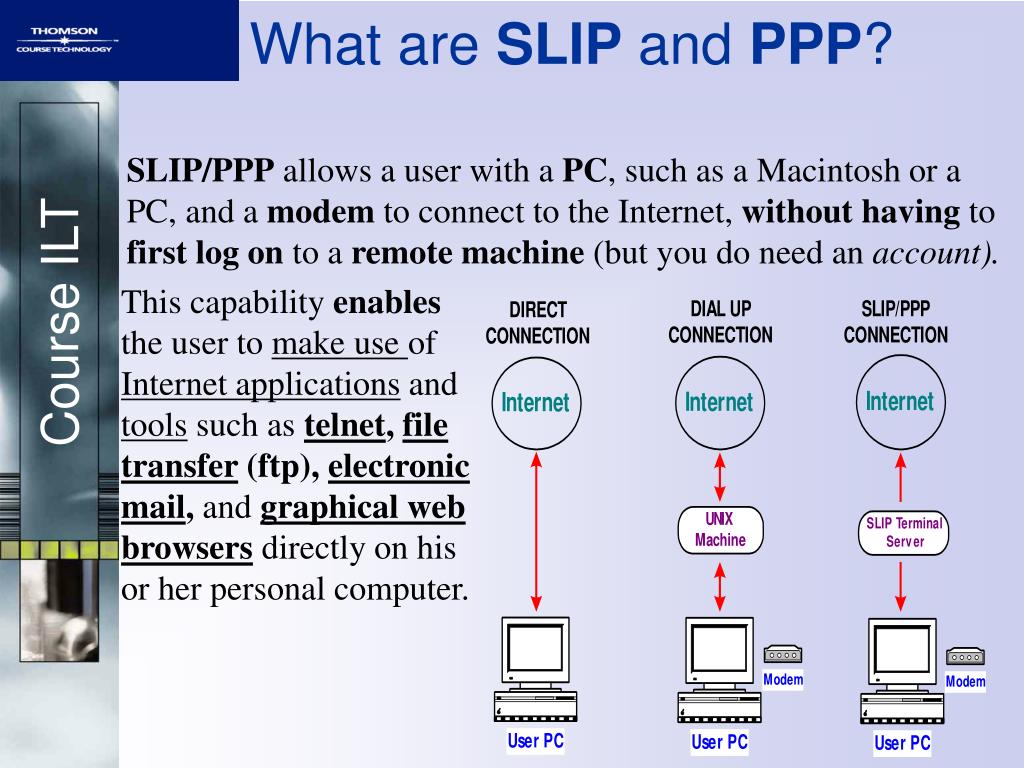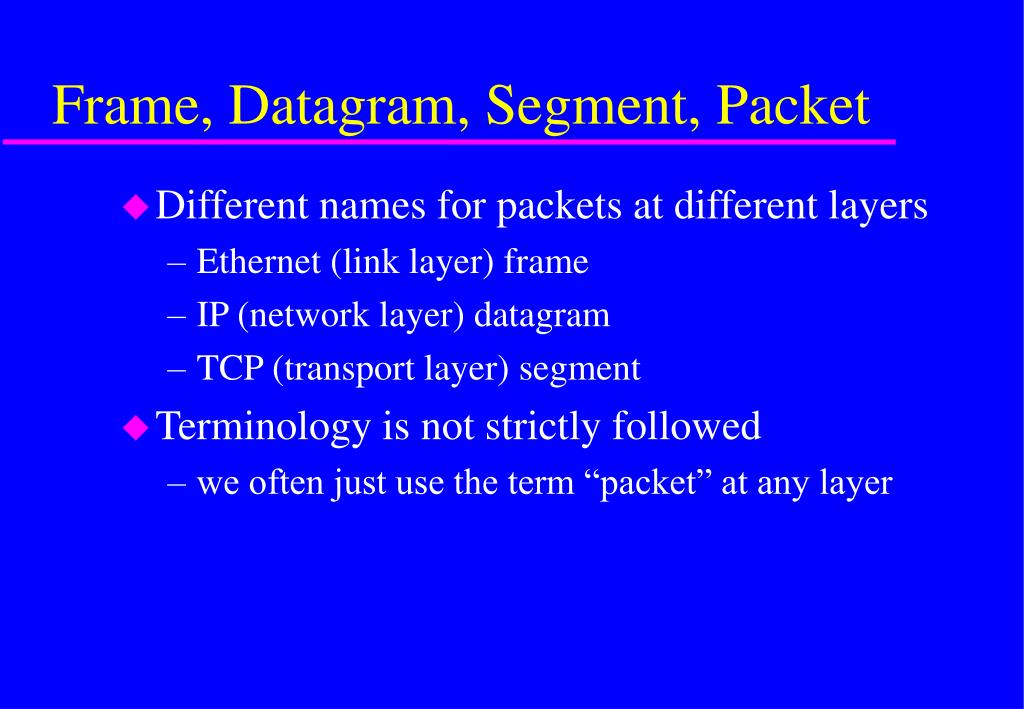

WebSocket is the most popular protocol standard for real-time bidirectional TCP/IP communication between clients and servers.

In the image below Firefox web browser displays the main web page embedded into PPP-Blinky's code:įirefox web browser displays a web page embedded into PPP-Blinky's code PPP-Blinky's HTTP webserver works with most web clients such as Internet Explorer, Mozilla Firefox, Google Chrome, Safari, Curl, wget and Lynx as well as Microsoft Powershell Invoke-Webrequest command. The Webserver and WebSocket functions are ideal for building browser-based GUIs on mbed-enabled hardware. Mbed LPC11u24 acting as a webserver to a Windows laptop. The code runs on most ARM mbed platforms such as the LPC11U24 shown in the picture below: PPP-Blinky emulates a standard dial-up modem and therefore connects to Windows, Linux or Adroid machines. No ethernet port is required - PPP-Blinky uses a serial port to send IP packets to your PC. PPP-Blinky uses the industry-standard PPP (Point-to-Point) Protocol and a tiny "stateless" TCP/IP stack. The code runs on processors with as little as 8k RAM, for example the Nucleo-L053R8 board. PPP-Blinky is a tiny library that enables Internet protocols (IPv4) to any mbed target hardware by using only a serial port. Note: The source code is at the bottom of this page.Ī Windows desktop showing PPP-Blinky in the network connections list. PPP-Blinky - TCP/IP Networking Over a Serial Port ¶


 0 kommentar(er)
0 kommentar(er)
